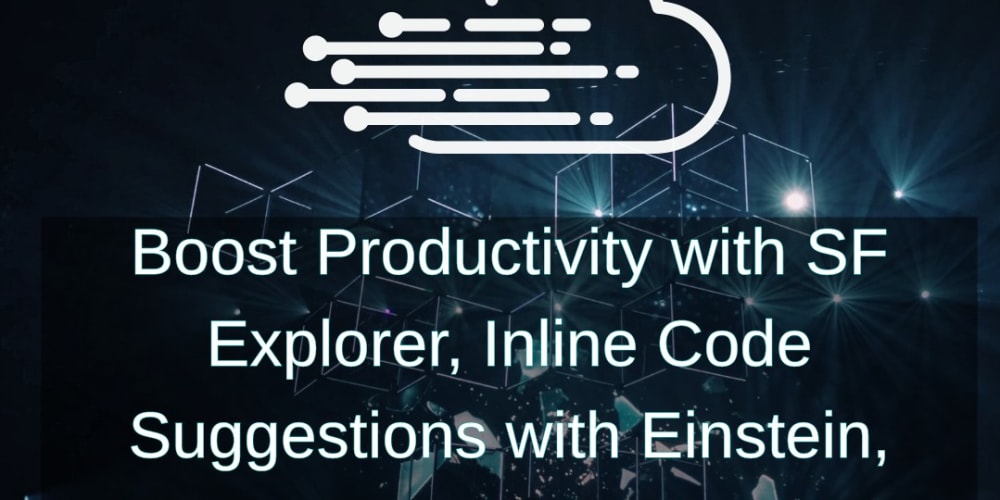RNN (Recurrent Neural Network) is a type of artificial neural network (ANN) designed to process sequential data. Unlike traditional feedforward neural networks, which process each input independently,
RNNs can maintain information about previous inputs, allowing them to learn and remember patterns over time.
How does a RNN work?
The following image shows a diagram of an RNN.
RNNs are made of neurons: data-processing nodes that work together to perform complex tasks. The neurons are organized as input, output, and hidden layers. The input layer receives the information to process, and the output layer provides the result. Data processing, analysis, and prediction take place in the hidden layer.
Hidden Layer:
RNNs work by passing the sequential data that they receive to the hidden layers one step at a time. However, they also have a self-looping or recurrent workflow: the hidden layer can remember and use previous inputs for future predictions in a short-term memory component. It uses the current input and the stored memory to predict the next sequence.
For example, consider the sequence: Apple is red. You want the RNN to predict red when it receives the input sequence Apple is. When the hidden layer processes the word Apple, it stores a copy in its memory. Next, when it sees the word is, it recalls Apple from its memory and understands the full sequence: Apple is for context. It can then predict red for improved accuracy. This makes RNNs useful in speech recognition, machine translation, and other language modeling tasks.
Types of RNNs:
- Simple RNN: The most basic type of RNN.
Bidirectional recurrent neural networks
A bidirectional recurrent neural network (BRNN) processes data sequences with forward and backward layers of hidden nodes. The forward layer works similarly to the RNN, which stores the previous input in the hidden state and uses it to predict the subsequent output. Meanwhile, the backward layer works in the opposite direction by taking both the current input and the future hidden state to update the present hidden state. Combining both layers enables the BRNN to improve prediction accuracy by considering past and future contexts. For example, you can use the BRNN to predict the word trees in the sentence Apple trees are tall.
- LSTM (Long Short-Term Memory): A more complex type of RNN that uses gates to control the flow of information, making it better suited for learning long-term dependencies.
Consider the following sentences: Tom is a cat. Tom’s favorite food is fish. When you’re using an RNN, the model can’t remember that Tom is a cat. It might generate various foods when it predicts the last word. LSTM networks add a special memory block called cells in the hidden layer. Each cell is controlled by an input gate, output gate, and forget gate, which enables the layer to remember helpful information. For example, the cell remembers the words Tom and cat, enabling the model to predict the word fish.
- GRU (Gated Recurrent Unit): A simpler variant of LSTM that uses fewer gates, making it computationally efficient. The RNN enables selective memory retention. The model adds an update and forgets the gate to its hidden layer, which can store or remove information in the memory.
How do RNN compare to other deep learning networks?
- Recurrent neural network vs. feed-forward neural network
Like RNNs, feed-forward neural networks are artificial neural networks that pass information from one end to the other end of the architecture. A feed-forward neural network can perform simple classification, regression, or recognition tasks, but it can’t remember the previous input that it has processed. For example, it forgets Apple by the time its neuron processes the word is. The RNN overcomes this memory limitation by including a hidden memory state in the neuron.
- Recurrent neural network vs. convolutional neural networks
Convolutional neural networks are artificial neural networks that are designed to process spatial data. You can use convolutional neural networks to extract spatial information from videos and images by passing them through a series of convolutional and pooling layers in the neural network. RNNs are designed to capture long-term dependencies in sequential data
How do transformers overcome the limitations of recurrent neural networks?
Transformers are deep learning models that use self-attention mechanisms in an encoder-decoder feed-forward neural network. They can process sequential data the same way that RNNs do.
- Self-attention
Transformers don’t use hidden states to capture the interdependencies of data sequences. Instead, they use a self-attention head to process data sequences in parallel. This enables transformers to train and process longer sequences in less time than an RNN does. With the self-attention mechanism, transformers overcome the memory limitations and sequence interdependencies that RNNs face. Transformers can process data sequences in parallel and use positional encoding to remember how each input relates to others.
- Parallelism
Transformers solve the gradient issues that RNNs face by enabling parallelism during training. By processing all input sequences simultaneously, a transformer isn’t subjected to backpropagation restrictions because gradients can flow freely to all weights. They are also optimized for parallel computing, which graphic processing units (GPUs) offer for generative AI developments. Parallelism enables transformers to scale massively and handle complex NLP tasks by building larger models.
How can AWS support your RNN requirements?
Amazon SageMaker: is a fully managed service to prepare data and build, train, and deploy ML models for any use case. It has fully managed infrastructure, tools, and workflows.
Amazon Bedrock: simplifies generative AI development by enabling the customization and deployment of industry-leading foundation models securely and efficiently.
AWS Trainium: is an ML accelerator that you can use to train and scale deep learning models affordably in the cloud.
RNNs are a powerful tool for processing sequential data, and they have found widespread applications in various fields. Their ability to learn and remember patterns over time makes them well-suited for tasks that involve sequential data.



















